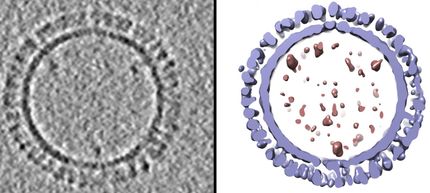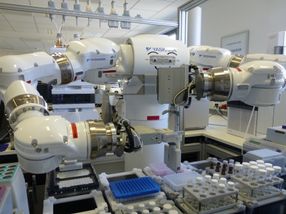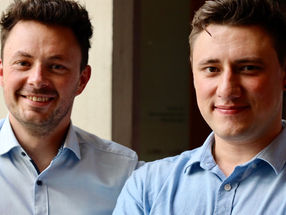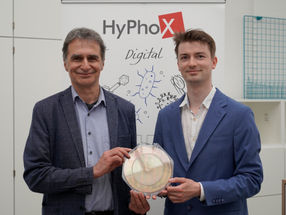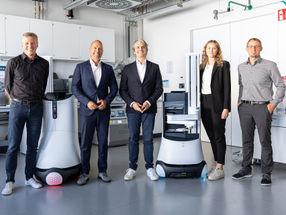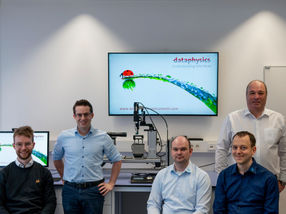Intercell announces Phase I results on its Vaccine Enhancement Patch (VEP) with Pandemic Influenza antigens
Intercell will focus its future patch strategy on partnering and out-licensing based on an updated target product profile
Intercell AG announced the results from a Phase I study investigating Intercell's adjuvant patch (Vaccine Enhancement Patch - VEP) containing LT (a heat-labile toxin from E. coli) in combination with an IM administration of an A/H5N1 antigen supplied by GSK.
This trial follows earlier Phase I and Phase II clinical investigations in combination with a pandemic influenza antigen (manufactured by Solvay Biologicals, B.V.) carried out by Iomai Corp./ Intercell USA Inc. under a contract with the U.S. Department of Health and Human Services (HHS) to develop a dose-sparing Pandemic influenza approach with the potential for a single application immunization.
The recent trial was performed to confirm the mode of action of transcutaneous applied adjuvants when co-administered with an Influenza A/H5N1 antigen, following different and inconsistent results from the previous Phase I and Phase II clinical studies.
The study involved 300 healthy adults and investigated two combinations of A/H5N1antigen doses with or without patch in one and two injection regimes. GSK's adjuvanted and licensed H5N1 vaccine was used to provide a positive control arm.
The combination of A/H5N1 with VEP met two of three CHMP criteria for Pandemic Influenza Vaccines (GMT fold rise from day 0 and Seroconversion). However, the study endpoint of a 2 or more fold rise in HI titers was not achieved since the immunogenicity was only moderately increased by VEP.
Further analysis revealed that the VEP effect was more pronounced and statistically significant on titer, seroconversion and seroprotection in subjects with existing HI titer (of > 1:10 at day 21) compared to A/H5N1 alone which indicates the potential for use of the VEP for booster vaccinations.
The overall adverse event rate was similar across all treatment groups and the local safety profile for the VEP was as expected from previous observations in various clinical studies where LT was administered transcutaneously.
Based on this study outcome and other pre-clinical results achieved with different antigens, Intercell will focus its future patch strategy on partnering and out-licensing – with a strong emphasis on antigen delivery as well as booster vaccination target product profiles.
Most read news
Organizations
Other news from the department research and development

Get the life science industry in your inbox
From now on, don't miss a thing: Our newsletter for biotechnology, pharma and life sciences brings you up to date every Tuesday and Thursday. The latest industry news, product highlights and innovations - compact and easy to understand in your inbox. Researched by us so you don't have to.
